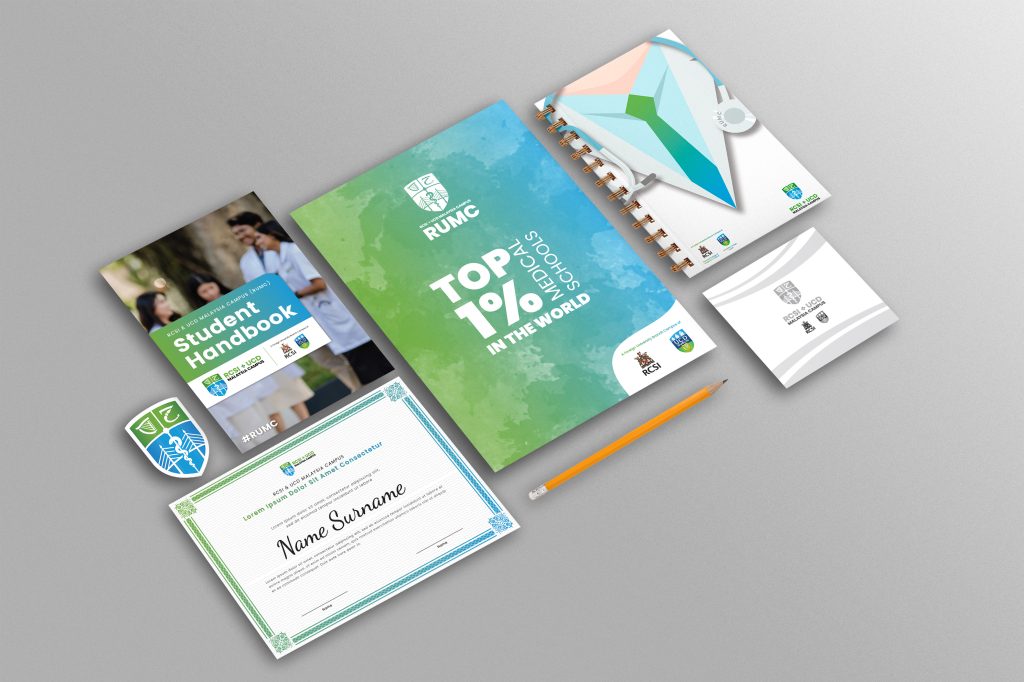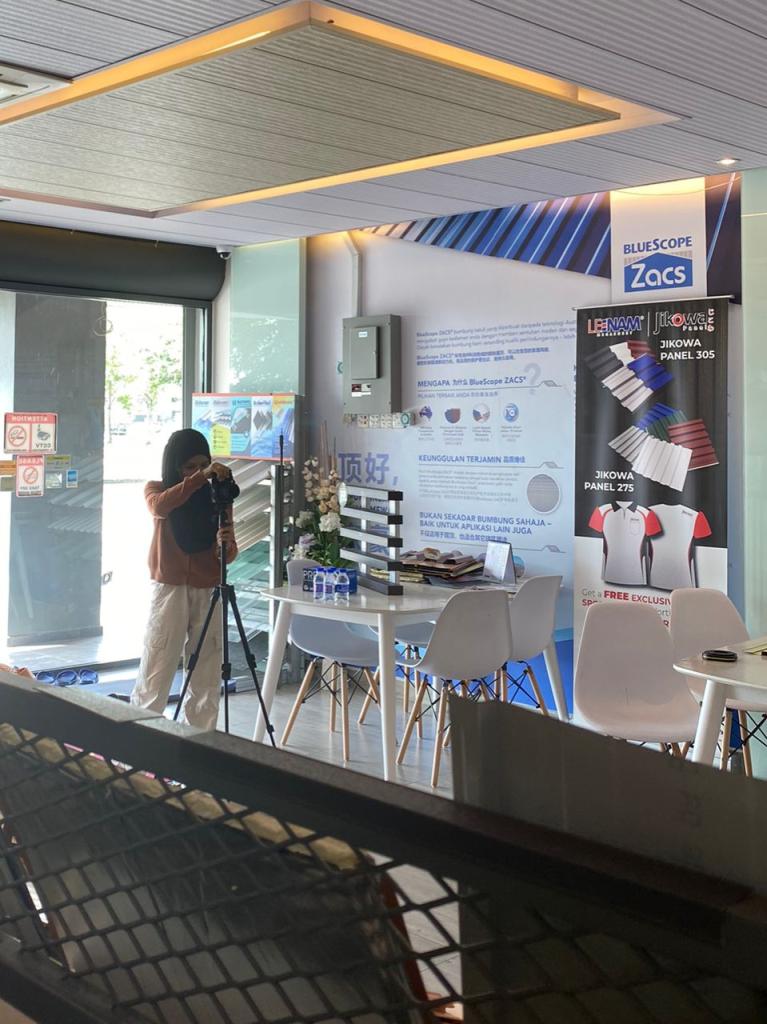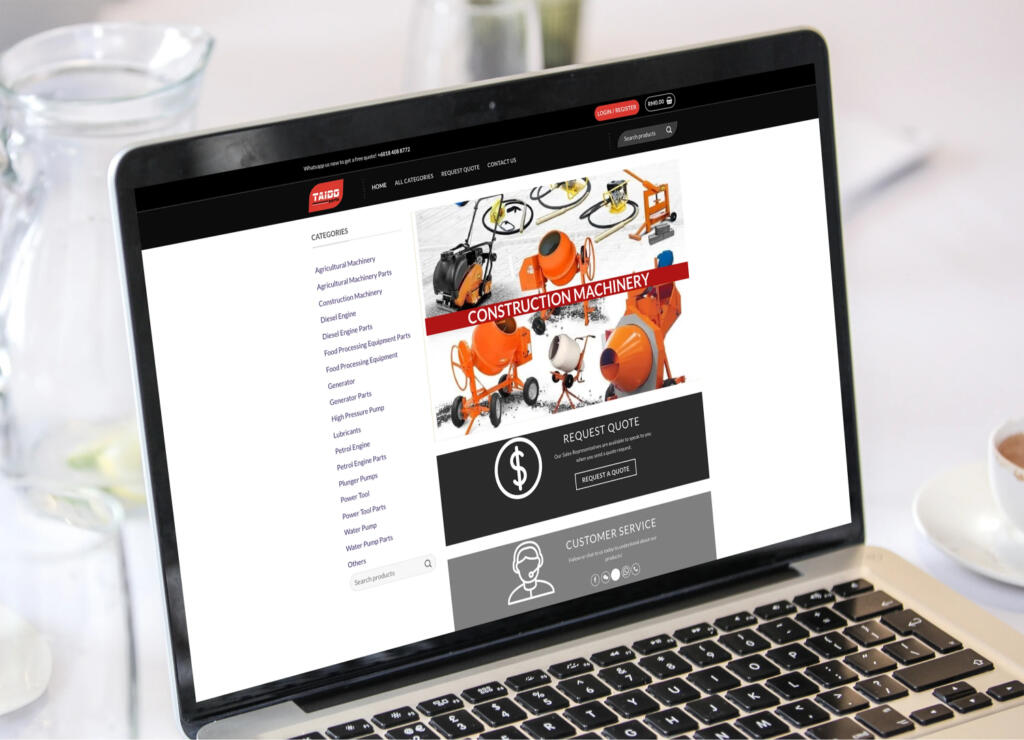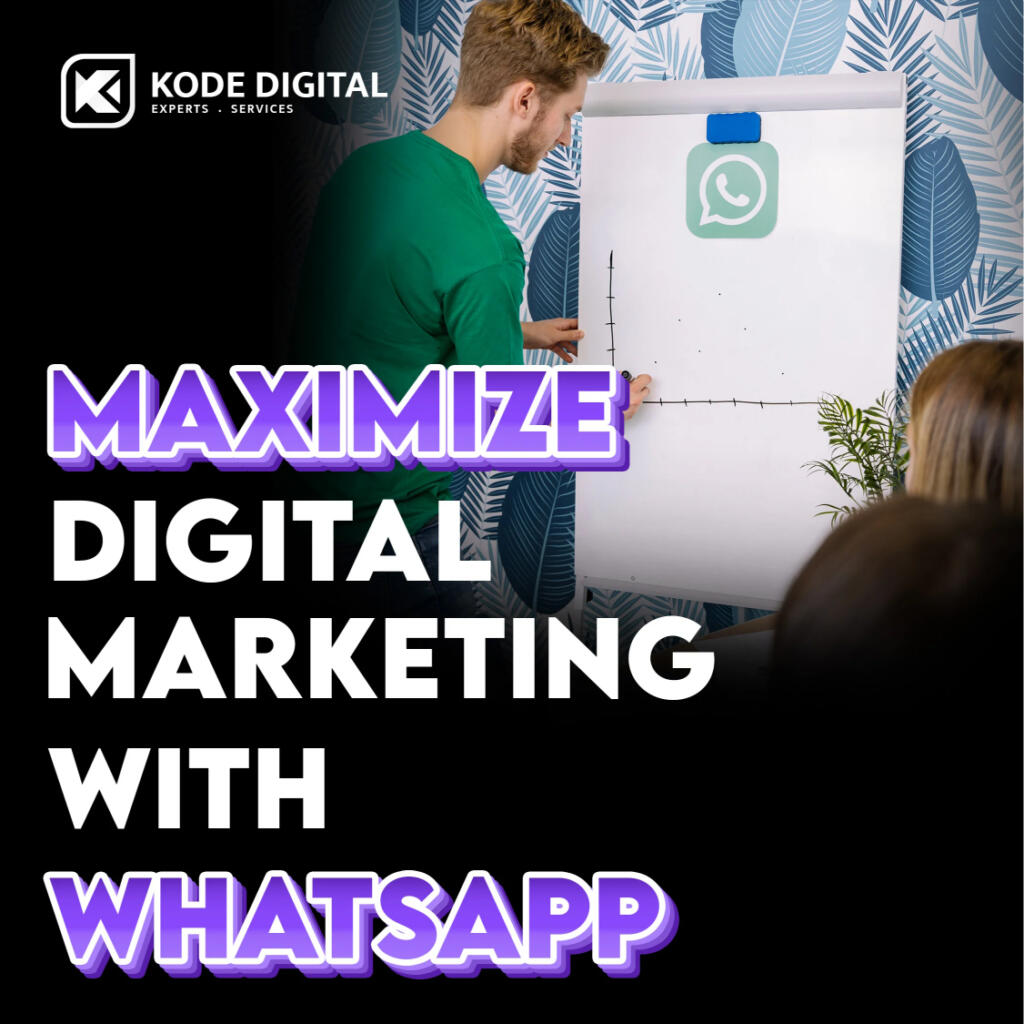Our top-tier consultancy services provide strategic guidance to elevate your entire digital presence.
Learn More
Contents
Ever found yourself scrambling at the last minute to post on social media? Scrolling through your camera roll or brainstorming on the spot for just one decent idea? You’re not alone. Many businesses are struggling to stay consistent on social media because they don’t plan ahead. This leads to missed opportunities, inconsistent branding, and content that doesn’t connect with your audience.
That’s why having a monthly social media content calendar is more than just a “nice-to-have”. It’s essential for maintaining consistency, saving time, and driving real business results. So, how do you build a content calendar that works? Let’s break it down step by step.
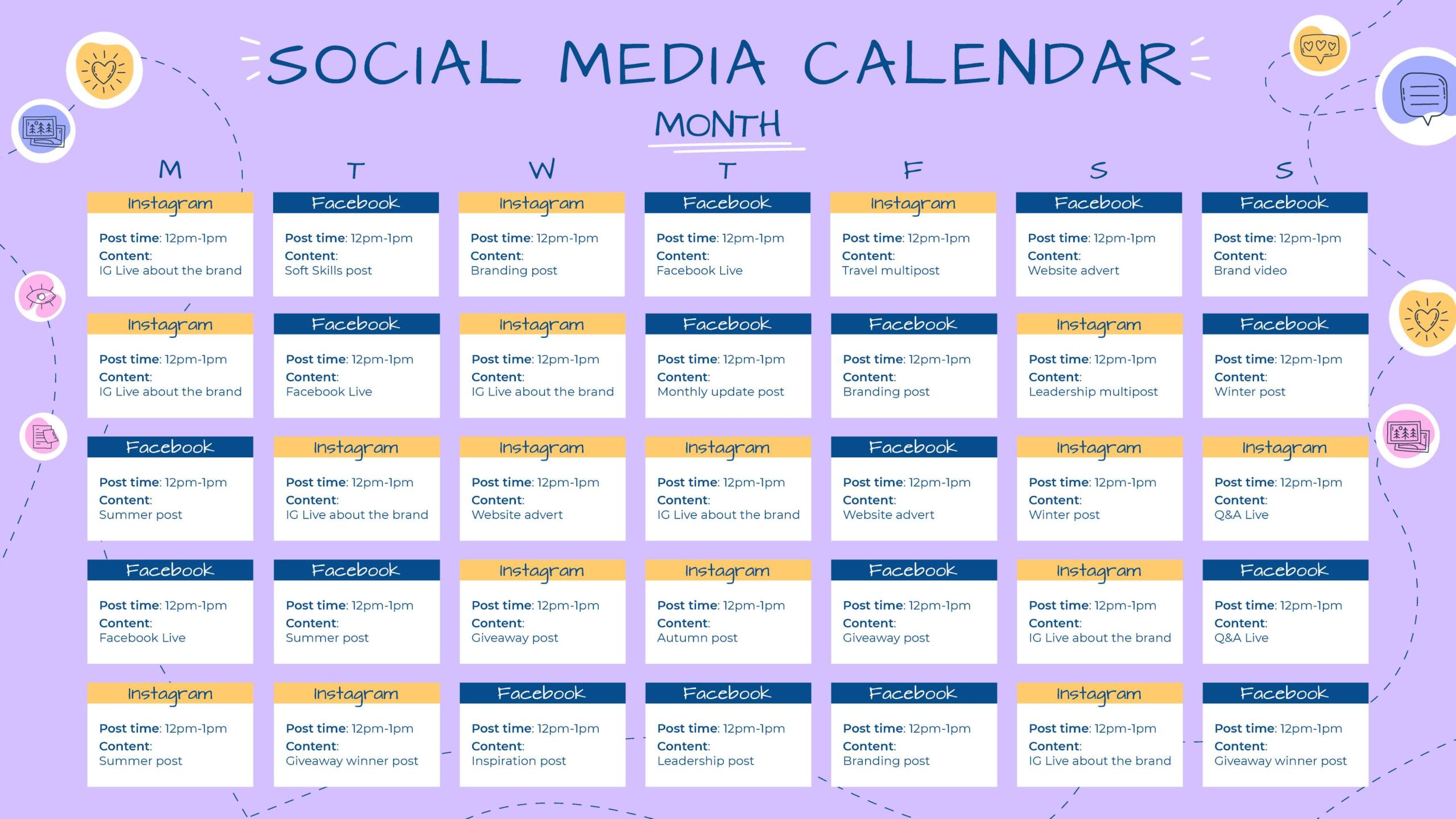
Steps to Plan Your Social Media Calendar
Step 1: Set Clear Goals for the Month
Start with the “why.” Are you aiming to grow brand awareness, drive website traffic, increase sales, or boost engagement? Clearly defining your goals is essential. Once your objectives are set, tie each one to specific KPIs to ensure your efforts are measurable and purposeful—for example, brand awareness can be measured through reach, engagement through shares, traffic through clicks, and sales through conversions. This alignment helps ensure that every piece of content serves a clear purpose and contributes directly to your overall strategy.
Common Marketing Objectives & KPIs
Grow Brand Awareness
KPI: Reach, Impressions
Drive Website Traffic
KPI: Clicks, Pageviews
Increase Sales
KPI: Conversions, Revenue
Boost Engagement
KPI: Likes, Shares, Comments
Step 2: Choose Your Social Media Platforms Wisely
You don’t need to be on every social media platform, just the ones where your audience spends their time. Choosing the right channels helps you focus your efforts and create content that truly resonates. For instance, Instagram is ideal for lifestyle, fashion, and food and beverage (F&B) brands, thanks to its visual nature and active user base. If you’re in the B2B or professional services space, LinkedIn is a better fit for reaching decision-makers and industry professionals. Meanwhile, TikTok is a hotspot for Gen Z and trend-driven content, making it perfect for brands that can embrace creativity and short-form video. In short, go where your audience is and where your content can make the most impact.
A Fun fact: Over 90% of Instagram users follow at least one business
- Instagram
- Ideal for lifestyle, fashion, food & beverage
- Highly visual platform
- Active, engaged user base
- LinkedIn
- Best for B2B & professional services
- Reach decision-makers & industry professionals
- Great for thought leadership & networking
- TikTok
- Hotspot for Gen Z
- Driven by trending, short-form content
- Perfect for creative storytelling
Step 3: Research & Brainstorm Content Ideas
Don’t wait for inspiration. Start building a content bank you can pull from any time. This makes planning easier and helps you stay consistent. Mix up your content with reels, carousels, tips, FAQs, testimonials, or user-generated content (UGC) to keep things interesting.
You can also look at what worked well in your past posts and pay attention to common questions from your audience. You can also check out Google Trends, browse TikTok’s For You Page, or see what your competitors are posting to find fresh ideas. The more you explore, the more content ideas you’ll discover.
Step 4: Design a Weekly/Monthly Posting Schedule
Posting consistently is key to staying visible on social media, and that starts with a clear schedule. Decide how many times you’ll post each week on each platform, and plan a good mix of content: promotional (like sales or updates), educational (tips and how-to), and entertaining (trends, memes, or behind-the-scenes).
Use tools like Trello, Notion, or a simple Google Sheet to plan your calendar and stay organised. It also helps when working with your team or a designer. And remember, consistency matters more than frequency. Even posting just three times a week can make a big difference if you stay consistent.
Step 5: Write Captions with Purpose
A great visual grabs attention, but it’s the caption that keeps people interested and encourages them to take action. Your caption should match your brand voice, whether it’s fun, bold, or professional. Always include a clear call-to-action (CTA) like “save this post,” “leave a comment,” or “click the link in bio.”
You can also use simple storytelling, emojis to break up text, and relevant hashtags to boost reach. Tools like ChatGPT or Caption AI can help spark ideas, but always personalise your captions to sound real and on-brand. This can make people connect with authenticity, not generic messages.
Step 6: Design Visuals That Match Your Brand
Your visual style matters just as much as your message. When someone visits your profile, your feed should clearly show your brand’s look and feel. This means using the same colours, fonts, and layout in every post.
You don’t need to be a pro designer; tools like Canva and Adobe Express make it easy with ready-made templates. Keep your designs clean and easy to read, not cluttered. And if you’re sharing multiple tips or stats, try turning them into a simple infographic. They’re great for grabbing attention and sharing, especially on platforms like Pinterest and LinkedIn.
Step 7: Use Scheduling Tools to Automate
Still, posting manually every day? That takes a lot of time and energy. Scheduling tools can help you save time and stay consistent without the stress. Platforms like Meta Business Suite let you plan, schedule, and track your posts all in one place.
With scheduling, your content can go live even when you’re busy or away. It also helps you post at the best times for better reach and engagement. Automation isn’t cheating. It’s smart marketing.
Step 8: Monitor & Measure Performance
One common mistake brands make is posting without checking the results. Data helps you see what works and doesn’t. Therefore, tracking key metrics like reach, engagement, clicks, and conversions is important.
Also, look for trends. What kind of posts perform best? What time gets the most engagement? Which CTAs get the most clicks? Use this info to improve your strategy. Tracking your results helps you make smarter content decisions moving forward.
Step 9: Review & Improve Monthly
At the end of each month, take some time to review how your content performed. Whether you’re solo or part of a team, this helps you see what’s working and what’s not. Look at things like engagement, reach, follower growth, and whether you hit your goals.
Then, adjust your plan. Perhaps some posts didn’t perform well, but others achieved great results. You might decide to post less often but focus on quality. Social media is always changing, so your strategy should too. Learn from each month, and your content will keep getting better.
Start Planning Smarter, Not Harder
A well-planned content calendar is more than just a tool for staying organised—it’s the foundation for consistent, strategic growth on social media. With the right structure and support, showing up online becomes simpler and more effective.
If the idea of building a monthly content plan feels overwhelming, Kode Digital is here to help. As a leading social media marketing agency, we offer end-to-end social media planning and execution tailored to your brand, industry, and goals. For businesses specifically looking for a social media marketing agency in Malaysia, we understand the local market nuances that can give your content an edge. We also provide comprehensive social media brand management services to ensure your online presence is cohesive and impactful.
Whether you are a local business searching for a reliable social media agency in Malaysia or looking to enhance your overall social media strategy, our expertise covers everything from content creation to scheduling and performance tracking—we handle it all so you can focus on running your business.
Let’s make your social media work smarter, one month at a time.







